|
|
|
|
Species Photo Gallery for Macropsis fumipennis Honeylocust Leafhopper 3 |
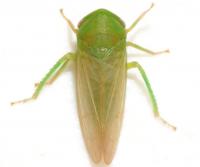 | Photo by: Kyle Kittelberger
Out Of State Co.
Comment: female, 5.5 mm | 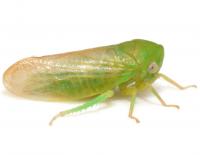 | Photo by: Kyle Kittelberger
Out Of State Co.
Comment: female, 5.5 mm |
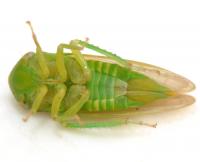 | Photo by: Kyle Kittelberger
Out Of State Co.
Comment: female, 5.5 mm |

 »
»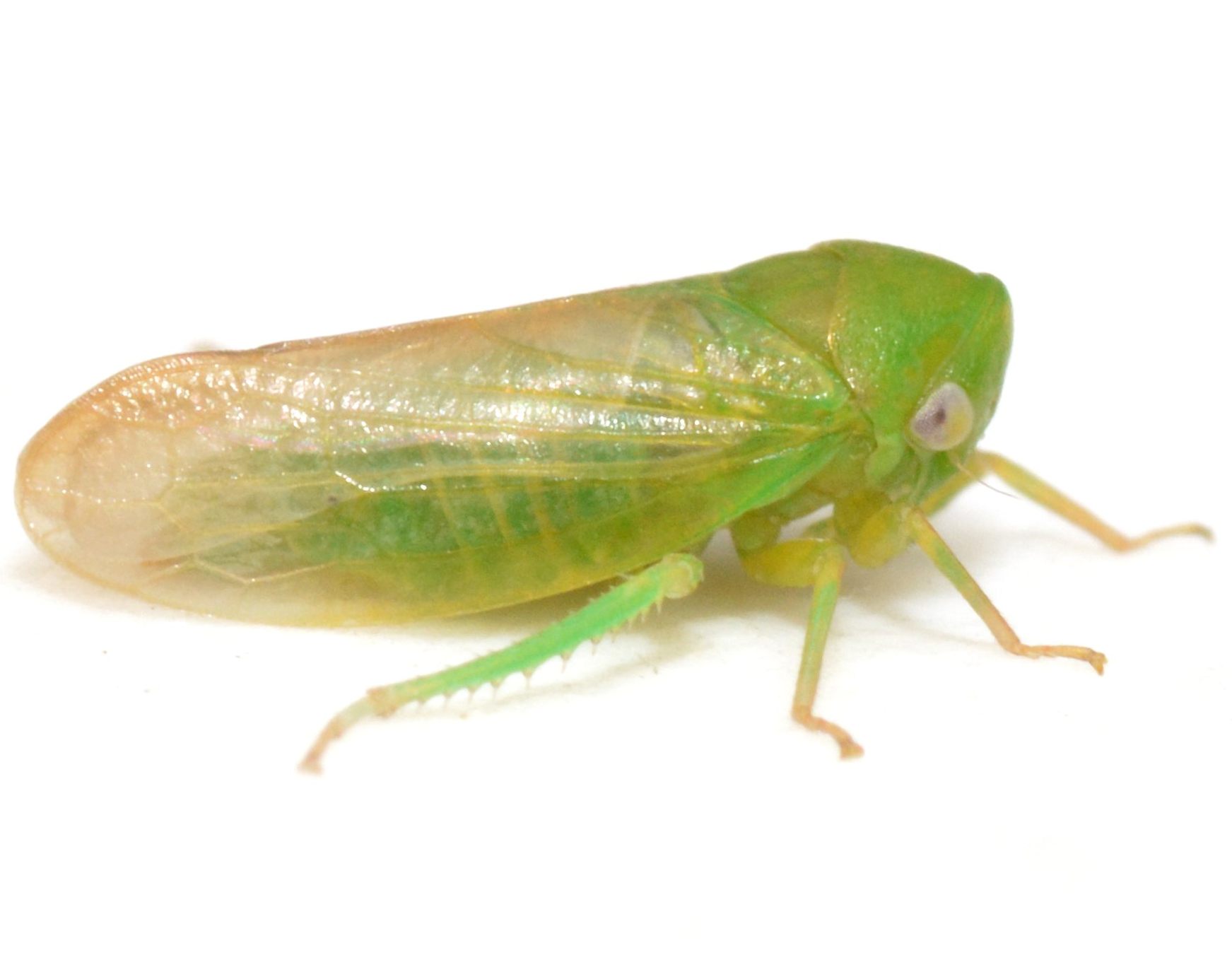
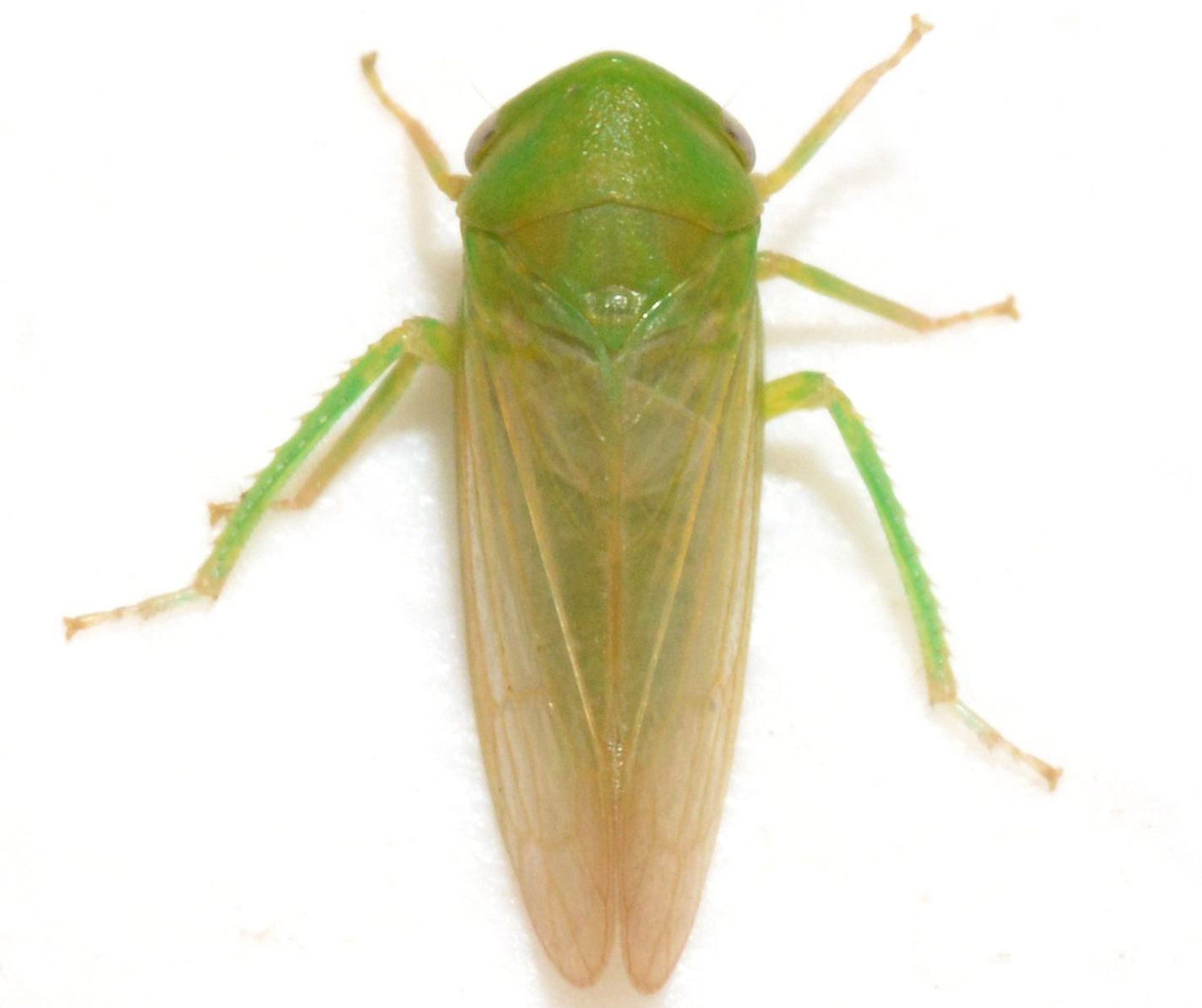

 »
»
